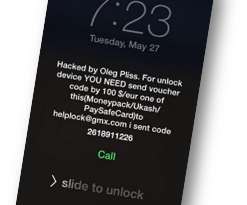Cybersecurity Snapshot: NIST’s Cybersecurity Framework Gets Major Update, as Advisories on APT29 and ALPHV Blackcat Get Rolled Out
Tenable
MARCH 1, 2024
And the most prevalent malware in Q4. came out in 2014. In these attacks, users are tricked into installing what they think is a legitimate browser update that in reality is malware that infects their computers. Plus, the latest guidance on cyberattack groups APT29 and ALPHV Blackcat. And much more! Key changes from CSF 1.1,













Let's personalize your content